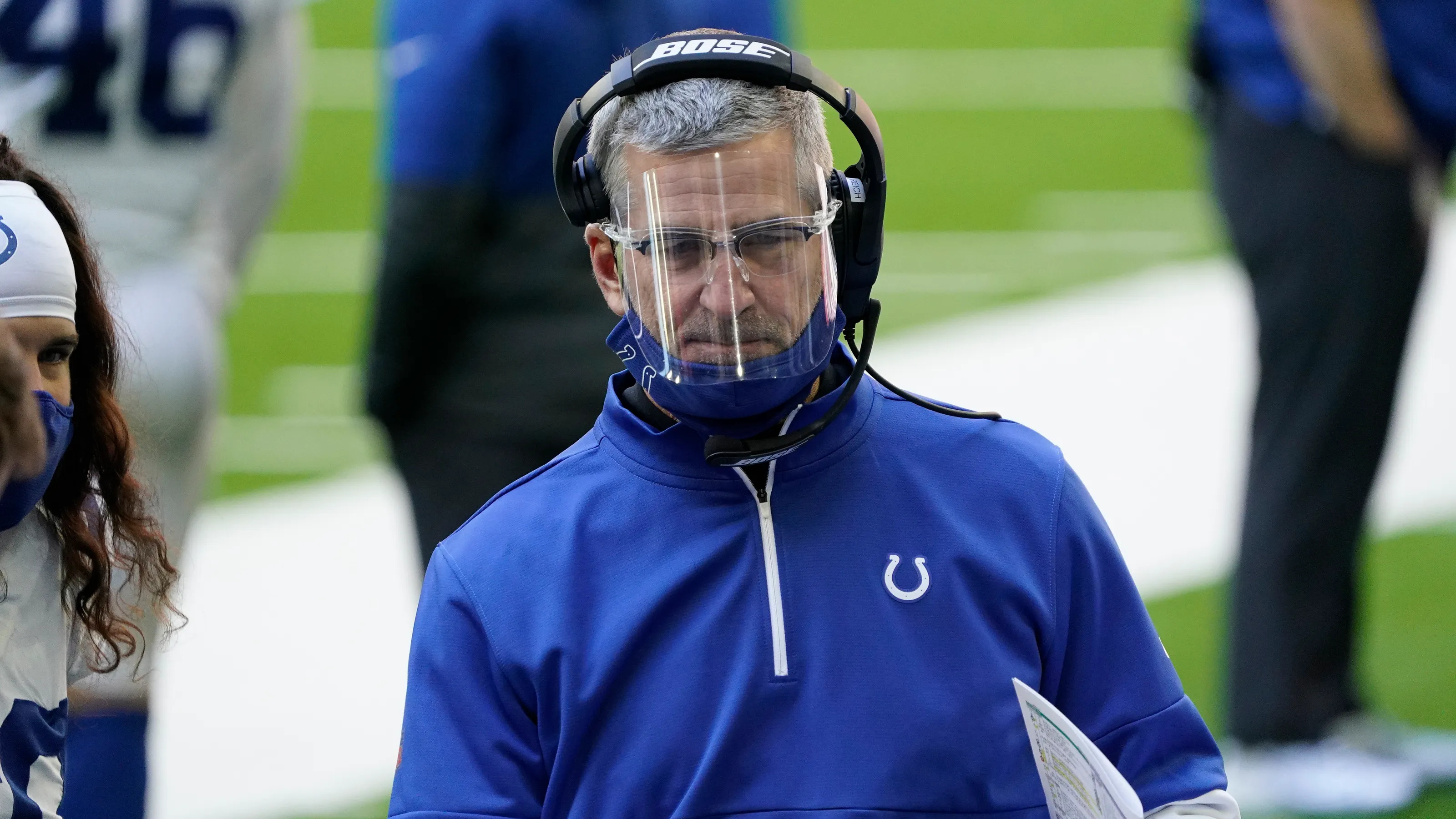
The Colts’ run game finds a new path to success against the Raiders
The Indianapolis Colts bested the Las Vegas Raiders 23-20 on Sunday to move to 9-7 on the season. The Colts have just one more game between them and a spot in the 2023 NFL playoffs.
The Colts’ offense propelled them to victory in this outing, as they averaged nearly 10 yards per pass attempt and 4.6 yards per rush against a strong Raiders’ defense. The Raiders came into this game as the best defense in football since week nine, but that was no issue whatsoever for Shane Steichen and the Colts’ offense.
One of the biggest contributing factors to the Colts’ success on offense was their run game. The Raiders came into this game allowing just 3.14 yards per carry to running backs in the three games prior to this Colts’ match-up. The Colts, however, were able to explode for 131 yards (4.8 yards per carry for running backs) on the ground against this stout defensive front.
How did the Colts’ do it? Well, they drastically changed their rushing identity in order to counteract the Raiders’ aggressiveness in the trenches.
The Raiders deploy an aggressive front seven in run defense. Their defensive line, led by Maxx Crosby, shoots gaps with disruption on their mind and their linebackers are athletic run fillers with some pop in their pads.
This style of run defense poses an issue for teams like the Colts that tend to rely on inside zone runs as their primary staple on the ground. The Raiders aggressively change blocking angles in the trenches, stopping inside zone runs and duo calls with relative ease.
Luckily for the Colts, they have faced a few teams with a similar philosophy this season, one of which being the Los Angeles Rams back in week four. The Rams’ aggressive front shut down the Colts’ run game in the first half of that game before Indy began using that aggressiveness against them in the second half.
In this game against the Raiders, Steichen was ready from the first drive of the game. Steichen countered the Raiders’ strong front seven with several wham/trap calls to get running back Jonathan Taylor going on inside runs.
This first wham design is an absolute beauty that leaves the Raiders’ defensive tackle falling to the earth before the wham block even arrives. The Colts’ wham design also has a cool wrinkle involved that coincides perfectly with their typical inside zone staple.
Defensive linemen nowadays are taught to feel wham blocks more than they used to. The Colts countered this adjustment by adding a zone step to the wham process from the guard over the defensive tackle being trapped. For example, Quenton Nelson (on this play below) sells a zone block with his first step before shifting out to block the defensive end.
That first step is enough to tell the defensive tackle that it is a zone run (when it’s not). Once that tackle commits to the one gap, Nelson leaves him grasping for air as the wham comes inside and Taylor explodes for a big gain:
This wham design worked wonders for the Colts on Sunday, as the Raiders’ front had no idea how to defend it. The Colts’ offensive line was simply fantastic on this design, and tight end Mo Alie-Cox did an excellent job of washing out the defensive tackle all game long.
Leave a Reply